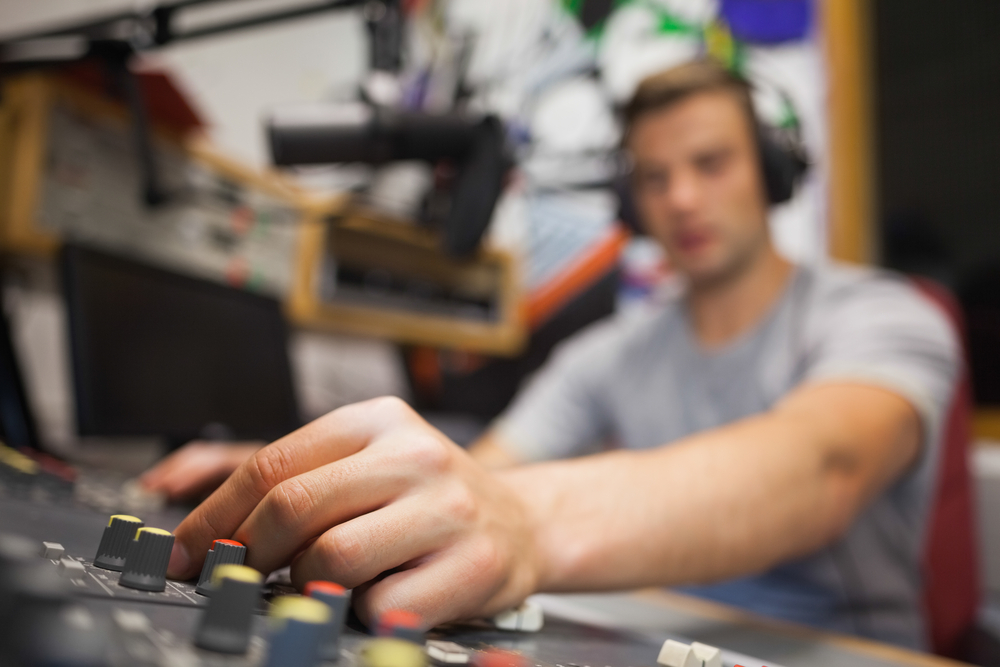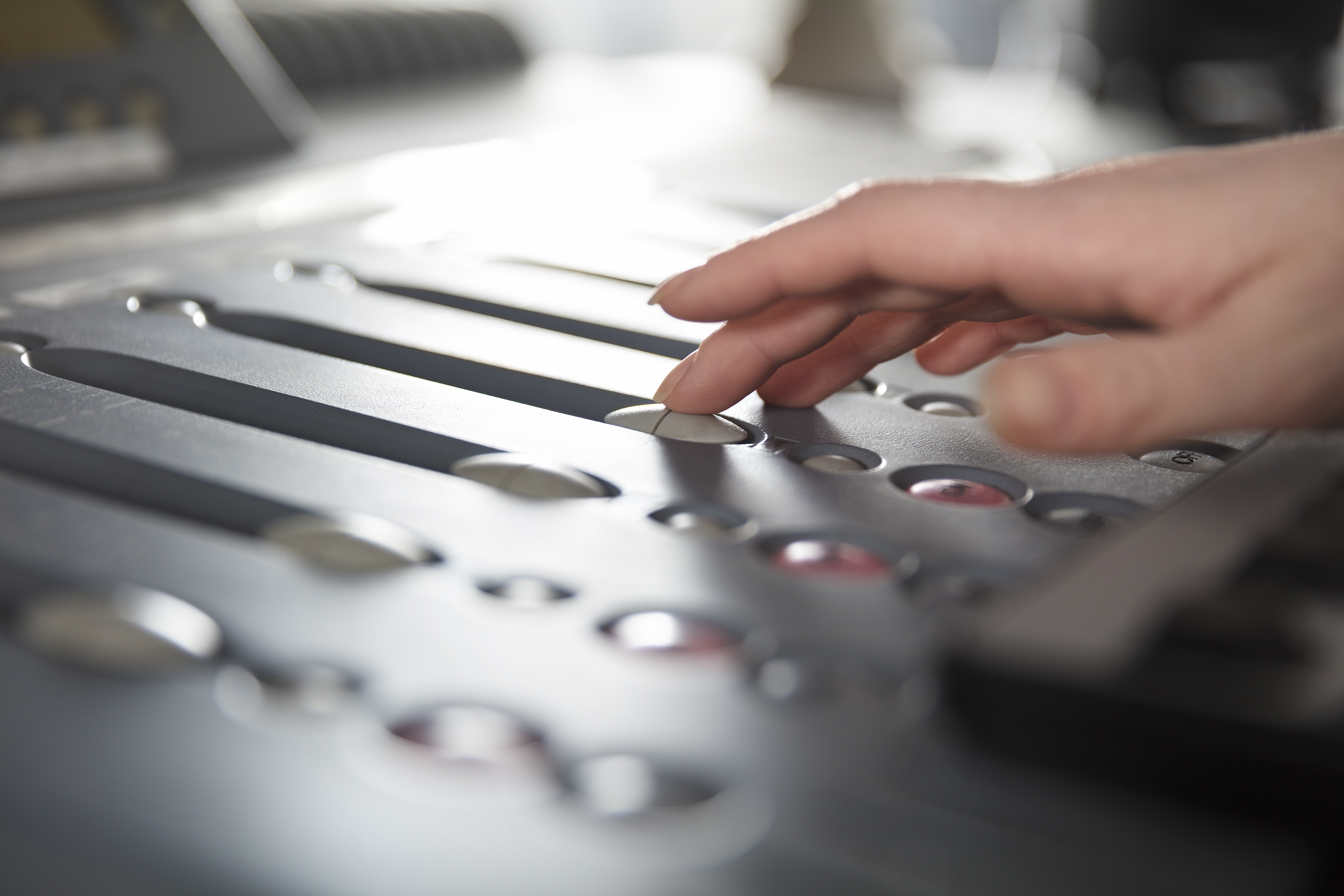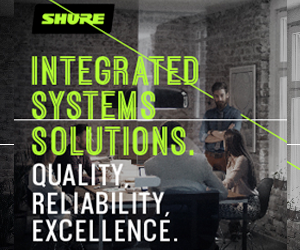Equipment your podcast can't live without
Starting a podcast is an exciting journey. The possibilities are limitless. To get your ideas and opinions out to potential listeners is relatively easy. This list will help you create a solid foundation for a successful recording.
Podcast Microphone Selection
Audio is the start of any great podcast. If the sound is bad, too low, or distorted your audience will turn it off and won’t download episode number two. There are several options that range from under $100 to well over $1000. We’ll give you three options and reasons for picking each.
In picking a microphone you need to consider the size of the physical audio components and connectivity. Strive for a microphone that has a large diaphragm, or screen you talk into. The smaller the microphone the more likely they will sound higher and won’t give as full because of the lack of low end. That is why a gaming or headset mic combo isn’t recommended. Connectivity is the cables connecting between the microphone and the computer. Eventually the cable will need to be converted to a USB to get into the computer. There are devices that will convert XRL (professional) cables into USB.
The USB only microphone has become an increasingly popular option for beginning podcasters. A USB microphone plugs straight into your computer and will typically be recognized as an audio device to your recording software. The leading brands for these types are Blue, Apogee, and Shure. They range in prices from $50 for a lower end Blue to $350 for the highest rated Apogee Hype Mic.
Moving from USB only to the professional XLR mics require an extra piece but gives more flexibility. Devices like the Shure X2U XLR-to-USB adapter converts an XLR signal into a USB signal the computer can use. Setting up a system like this allows you to easily switch out microphones depending on the recording you are doing or swap out a damaged mic.
Now that you have an XLR adapter the range of microphones are now opened up wide. Selecting one depends on your price range and the sound you want. We use the Shure SM7B which is a good quality directional microphone. The ElectroVoice (or EV) 20 is a standard in radio stations acrros the U.S. Selecting a singing or performance microphone like the Sennheiser Evolution series or AudioTechinca is also a way to get into a microphone without a large investment.
Our pick for a USB microphone is the Blue Yeti at $129. For a professional microphone we use the Shure SM7B at $400 and the X2U for $150.
Headphones
Hearing your guests and the audio as your editing is nearly as important as your microphone. Here again the size of the equipment is important. Picking an over-the-ear headphones are generally better especially for audio-only podcasts. If your final product is video as well then you will want a version of an IFB.
An IFB looks a bit like the earpieces you will see the Secret Service wear in the movies. They are discreet but provide the guests audio to the host and should only cost about $30. However, you do not necessarily want to edit your podcast with these headphones.
Sony, JBL, Shure, and AudioTechnica are all good companies to look to for headphones. Sony and JBL have versions that start as low as $20. The quality and lifespan of those under $50 do tend to be lesser than those above $50. Here is where the money you invest now will go a long way.
The best entry model would be the JBL T500 which you can buy for $30. If you are up for a professional model, the Sony MDR7506 is in most radio stations and you can buy for about $130.
Camera and lighting
Should you decide that your program is video as well you will need a camera as well as extra lighting. Using the room lighting for video is never a good idea. You have little to no control over the light direction or intensity. Purchasing a light also allows you to eliminate shadows and other video artifacts.
The most common light is a center fill light. A popular version of this is a ring light. Only look at ones that allow you to adjust the power or intensity of the light. An added feature you should look for is the color temperature. Color temperature adjusts the color of the light from a light blue, or cool, to an amber hue, or warm. Adjusting the color temperature will help your skin tone look more natural.
Cameras are as plentiful as microphones, and nearly as important. Poly, Logitech, and Cisco all have quality cameras. Logitech has the most styles and varieties that range from $25 on above $300. Look for a camera with quality optics and the ability to let in enough light. The resolutions should not be lower than 1080 and there are some that are approaching 8K. Most likely you will not need anything quite that advanced yet.
The Logitech Brio is the best 4K camera on the market at $300 but they have a quality HD camera, the C920, you can purchase for $65.
Bringing It All Together
Starting out on the podcasting journey is fun and exciting. Like with any journey, the success of the endeavor will be determined by the quality of your tools. Select the best for your situation that you can afford. As you gain experience and begin running into limitations with the gear, look to upgrade.
About Author
Related Posts
The Power of Podcasts
December 29, 2020
11 Reasons to Start an Association Podcast
December 23, 2020
Why You Should Get Off the Fence About Launching a Podcast
December 21, 2020
Leave A Reply
Popular
-

-
 The 17 Most Misunderstood Facts About AV Over IPJanuary 25, 2021 1
The 17 Most Misunderstood Facts About AV Over IPJanuary 25, 2021 1 -
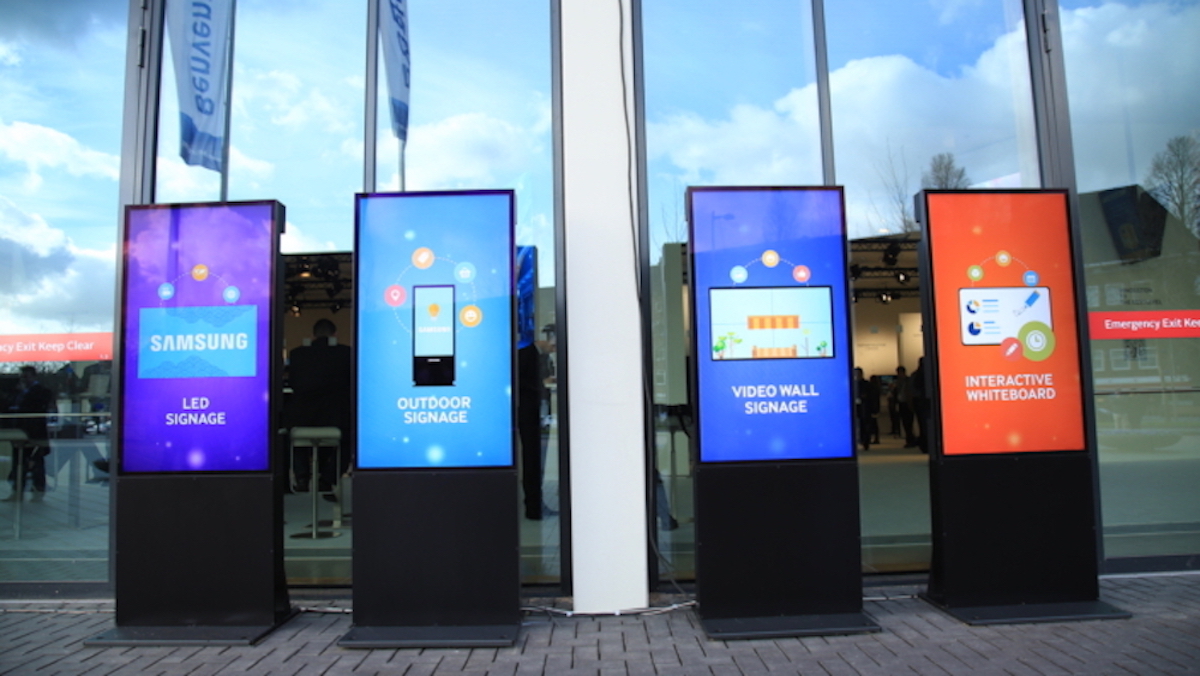 12 Interesting Statistics About Digital SignageJune 3, 2020 0
12 Interesting Statistics About Digital SignageJune 3, 2020 0 -
 9 Dos and Don'ts for Videoconferencing SecurityJune 29, 2020 0
9 Dos and Don'ts for Videoconferencing SecurityJune 29, 2020 0 -
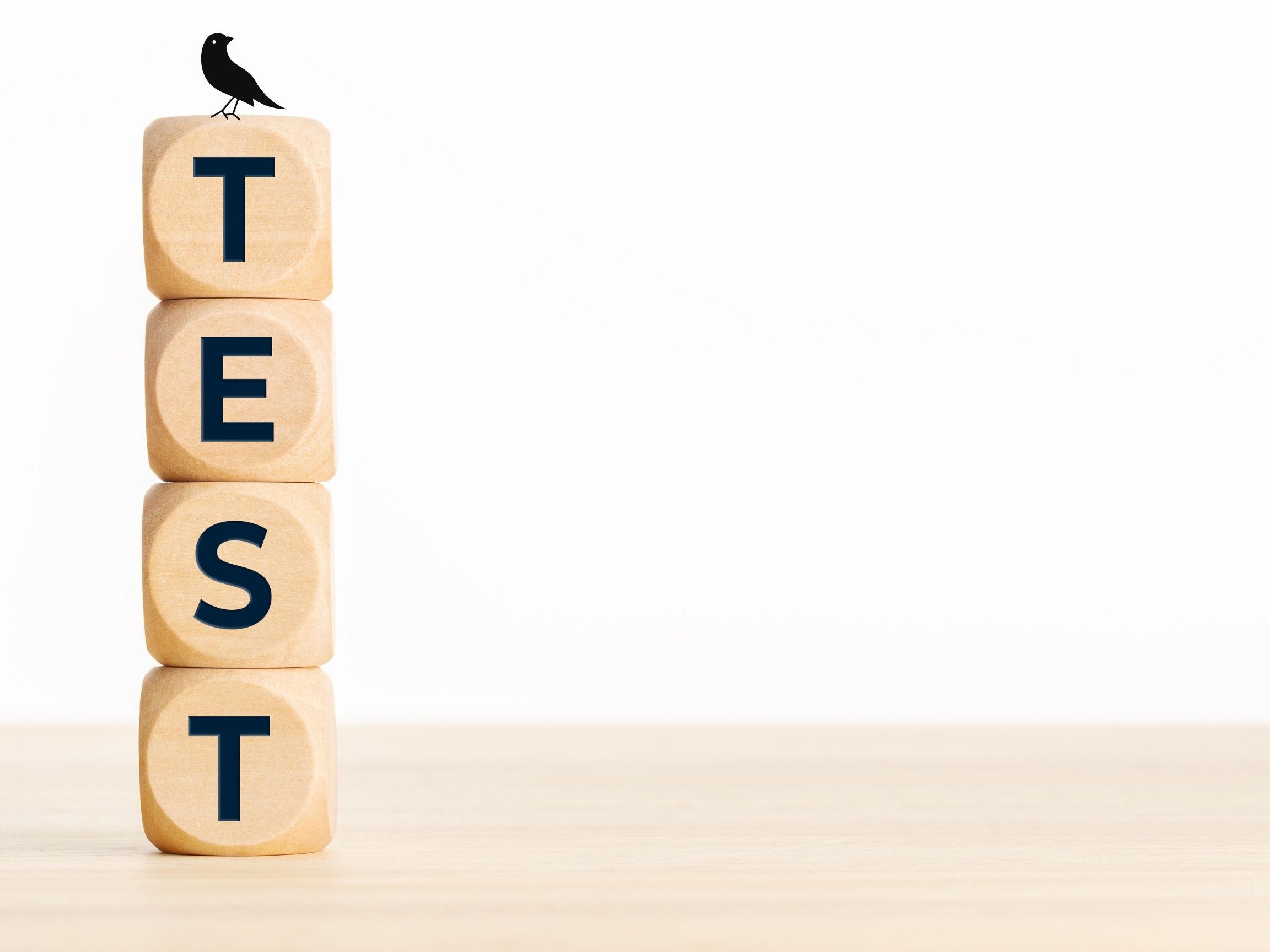 Does Your Podcast Pass the Twitter Test?October 27, 2020 0
Does Your Podcast Pass the Twitter Test?October 27, 2020 0

